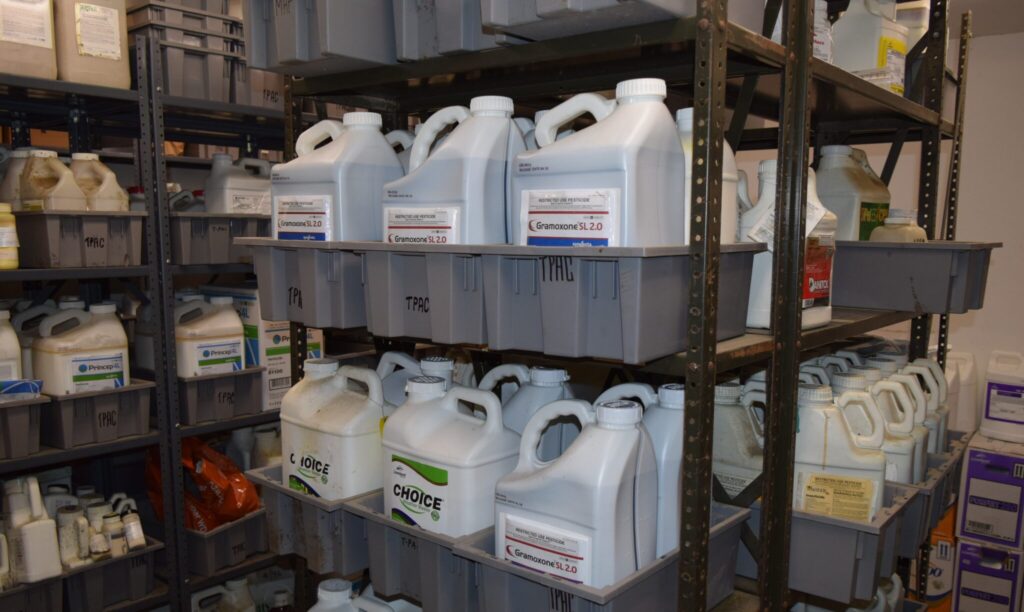Surflan (oryzalin) is a part of many preemergence weed control programs. Being in the dinitroaniline (DNA) herbicide family (along with trifluralin, pendimethalin, prodiamine, and others), this product controls many weeds with minimum phytotoxicity to landscape plants. Oryzalin is also on the lower end of preemergence herbicide pricing, thus increasing the use of this product. You may have noticed that Surflan has been in short supply or completely unavailable at your distributor over the last year.
- Figure 1. Surflan is in short supply, but there are plenty of other products that can be substituted.
Finding oryzalin has not been difficult to find in just your area, as this is a worldwide problem. Global supply has been dwindling for over a year. There has been some speculation that the production factory of this product had previously been damaged.
https://weeds.ces.ncsu.edu/2021/01/surflan-oryzalin-limited-supplies-and-uncertain-future/
The United States is not alone in the impact of losing this product, as oryzalin has been used extensively in the Australia nursery industry for many years. Greenlife Industry Australia has also reported the discontinuance of oryzalin, and the importance of finding alternative products.
https://www.greenlifeindustry.com.au/communications-centre/pre-emergent-herbicide-formulation-change
Surflan is not the only herbicide that uses oryzalin. In addition to Surflan, some combination herbicides that contain oryzalin include Rout, XL, and Surflan XL. Some of these products may still be available, but the supply will dwindle down until the oryzalin stock is depleted.
When considering a replacement, it is important to consider the primary weeds at the location, soil type, and your herbicide rotation to prevent resistance. To stay with the same family of herbicides, replacements in the landscape and nursery can include trifluralin (Preen), pendimethalin (Pendulum), and prodiamine (Barricade), or a combination product. The DNA herbicides share similar characteristics that are important to consider. Photodegradation (breakdown of the herbicide by the sun) and volatility are relatively high compared to most other herbicides. All of the DNA herbicides require a rain event or irrigation soon after application to prevent these potential problems. Another way to prevent these problems, and potentially give some time for the rainfall or irrigation, is by placing these products below mulch when possible.
As with replacing glyphosate, there is not a perfect replacement (https://www.purduelandscapereport.org/article/beyond-roundup-alternatives-to-consider-adding-to-your-weed-management-plan/). It will be important to match the weeds present with the best herbicide.
